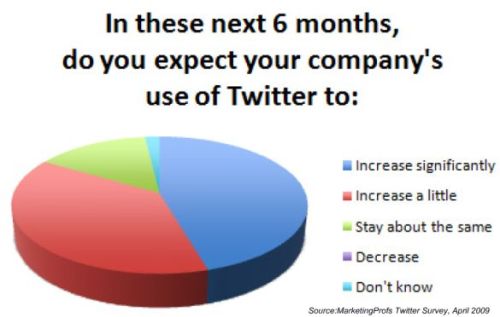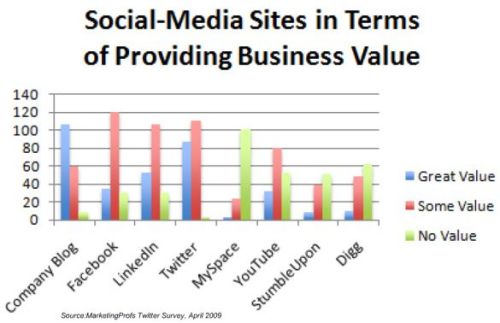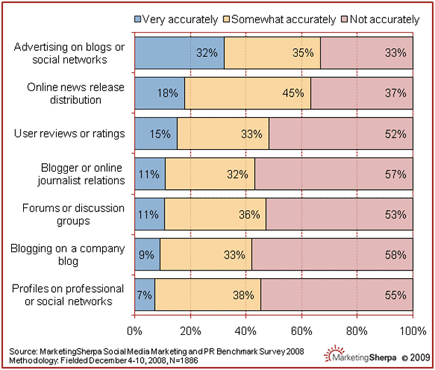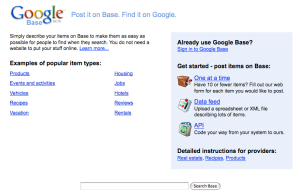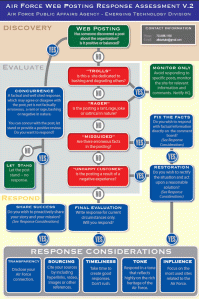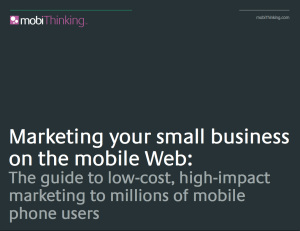Thirty years ago, when a customer was upset with a company over their poor customer service they could spread the word by calling friends on the phone, sending a complaint letter, or could possibly go as far as to write an editorial in their local newspaper.
Today, letting others know about shoddy customer service is as simple as pressing the power button on your computer.
Case in point, this disgruntled customer and author at Gaebler.com:
If you are doing business these days, you have to recognize that the world has changed. As consumers, we expect good customer service. If we don’t get it, we don’t just forgive and forget. We never buy from you again. We tell our friends not to buy from you. We tell the world not to buy from you.
That’s right. In the days of blogs and search engines, customers have the final word. That’s why you need to bend over backward to keep them happy. Because the happy customers stay quiet. It’s the angry customers who speak up, and deter others from doing business with you.
After a terrible experience with a major computer manufacturer, this customer made it his “new hobby” to let everyone know about it. He’s estimated that his tactics could potentially move $500,000 in sales away from the company by not buying their product for his organizations and compelling others to do the same.
Whether he hit his goal or not will continue to be a mystery, but it still shows the lengths to which an angry customer will go in order to get their voice heard.
Training customer service representative to resolve customer complaints is essential to the success of your business. As soon as a customer feels like they have been mistreated, they can quickly get online to start telling all of their friends and online connections about it.
Always remember the tried-and-true formula that a happy customer will tell one of their friends, but an unhappy customer will tell three. If that unhappy customer is active in social media, they may be able to quickly spread their story to 300,000 of their friends in just a matter of minutes.
Technology is forcing customer service to reach new levels of satisfaction. Representatives must be aware that the customer on the other end of the phone can easily spread the word about their experience just minutes after the call is over.
But it doesn’t have to be all gloom and doom. When a disgruntled customer vents about their problem on the internet, it could give your company a second chance to resolve their problem that you may have initially overlooked.
Say you come across a blog post from a customer who recently had a terrible experience with your company, what’s the best thing you should do?
For starters, you could leave a comment on their blog as a representative of your company. Tell the customer that you’d personally like to help with their problem.
If you can’t personally do anything to remedy the problem, continue to work with the customer until they are satisfied. Connect them with someone else in your organization that could help and remember to follow up to see if their issue was resolved.
Listen to what customers are saying about you online with tools like Google Alerts. If what they have to say is positive, tell them ‘thank you’ for their kind words. If their words aren’t so kind, ask them how you can help.
When customers share their opinions about your company on the Internet it can either be good or bad (sometimes, really bad). It’s up to you to determine how to handle the comments once they’re made.

